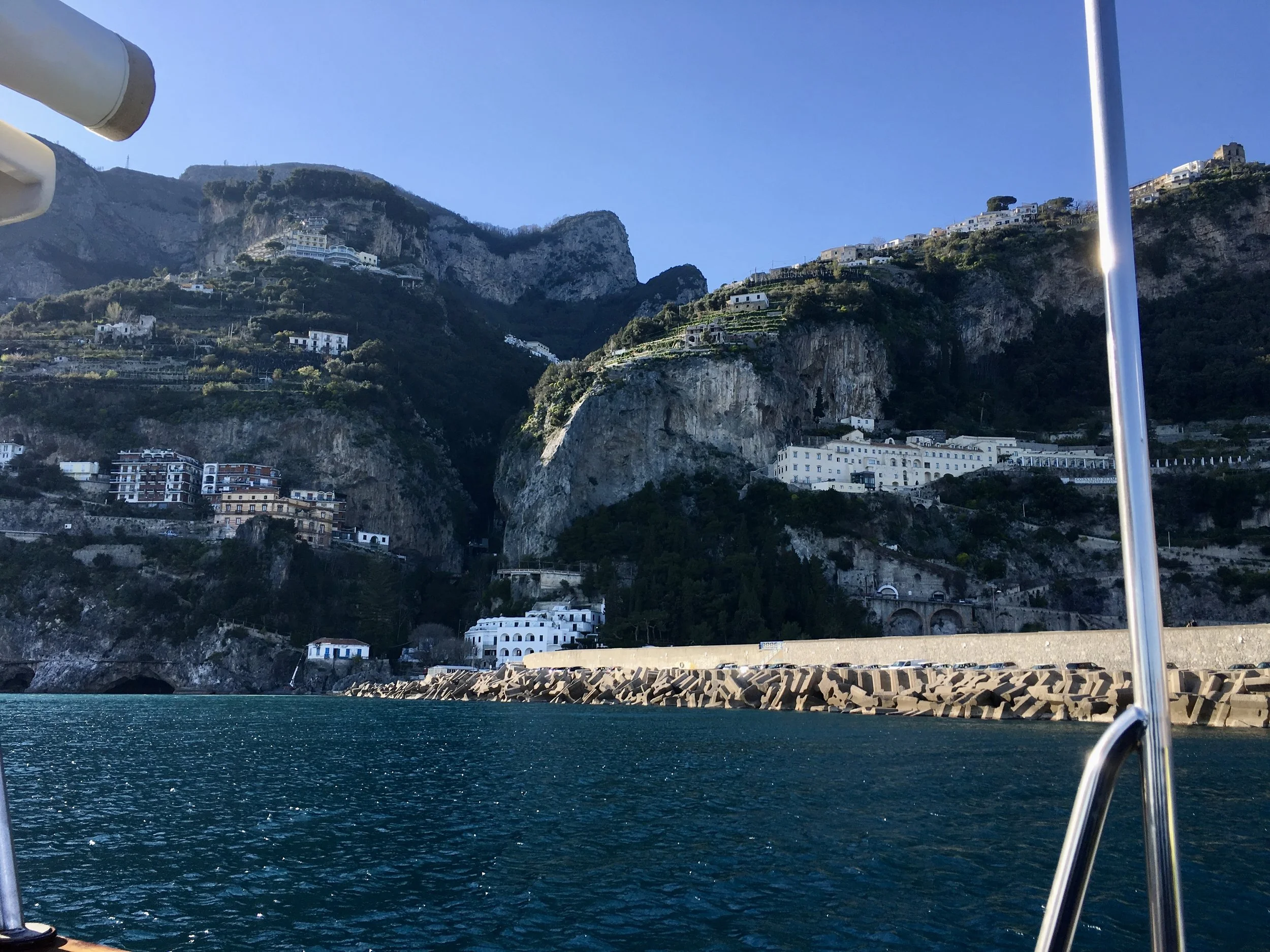
ITALY
Italy, Considered.
From Venetian canals to Sicilian cliffs, Renaissance cities to countryside villas, Italy is a place where beauty is layered, not loud. Every region tells a different story—Rome is theatrical, Florence is precise, Puglia is pared-back and sun-drenched. It’s not just about where you go, but how you go: slowly, curiously, with an eye for detail. The right trattoria, terrace, or turn off the main road can change everything.
We’ve sifted through the spectacle to bring you the substance—places with integrity, charm, and a point of view. Whether you’re chasing stillness in the hills or energy by the coast, this is Italy done intentionally.
Where to go. Where to stay. What to skip. What to savor.
Every Moment, Considered.
Looking For A Region?

Need To Know
-
Shoulder seasons win: April–June and September–October. Fewer crowds, better weather, real Italy. July and August are hot, packed, and pricey—unless you're on the coast or deep in the Dolomites. Winter brings quiet charm to cities like Rome and Florence, and snow to the Alps.
-
Florence for art and food. Rome for city energy. Milan for edge. Puglia or Lake Como for slowing down. Sicily is its own story—wild, flavorful, and worth the journey. For true retreat, think hilltop villages in Umbria or farmhouse stays in Le Marche.
-
Late dinners, early espressos, slow everything else. Dress well. Eat slow. Never rush the wine. Trains are shockingly efficient; time is not. Some places shut down midday—use it to rest, reset, or read on a shaded terrace with a spritz.
Hala Hit List
A Few Of Our Forever Favorites.
A stone’s throw from the Pantheon, this family-run trattoria has been quietly perfecting Roman classics since the 1960s. No frills, no scene—just the kind of meal that lingers in your memory.
Lunch at Armando al Pantheon, Rome
Evening Dip at Il Pellicano
The view is cinematic, the crowd polished, the mood untouched by time. Aperitivo tastes better here.
Birthplace of the Negroni Sbagliato and a Milanese institution. It’s loud, charming, and wonderfully old-school.
Aperitivo at Bar Basso, Milan
Sunset in Matera
One of the oldest cities in the world, carved into limestone. The golden hour here feels prehistoric and holy.
Shopping in Ortigia
Skip the mass-market stalls and head to the family-run boutiques. Linen, tile, soap, salt—the Mediterranean edited down.
Palazzo Altemps, Rome
A lesser-known gem in the heart of the city. Ancient sculpture meets Renaissance architecture in hushed, echoing rooms.
If You Have 48 Hours
START IN ROME
GO NORTH
Take the morning train to Florence. Drop your bags, grab a cappuccino at Ditta Artigianale, and head straight to Santa Croce or the Uffizi. Walk the Ponte Vecchio, stop for gelato at Gelateria dei Neri, and settle into dinner at Il Santo Bevitore.
SHIFT THE PACE
Wake early and wander the quiet backstreets of Oltrarno. Pick up paper goods, linen, or handmade leather. Have a glass of wine at Enoteca Pitti Gola. Sit. Linger. Let yourself stay a little too long.
END STRONG
Sfoglia and coffee at S. Forno. A final market browse at Sant’Ambrogio or a quick stop at the Duomo. One more photo, one more breath. Florence says arrivederci when you do.
What To Bring Home:
The Food Edit
Sicilian sea salt or bottarga from Trapani
Pistachio cream from Bronte (nothing fluorescent, nothing mass-produced)
A tin of espresso from Sant’Eustachio, Passalacqua, or Giamaica Caffè Verona
Anchovies packed in olive oil from Cetara
Chestnut honey from a Tuscan farmstand
Aged Parmigiano-Reggiano (vacuum sealed, never grated)
Amarena cherries in syrup from Fabbri (yes, the one in the blue-and-white jar)
Fig or wild plum jam made by monks
A bottle of artisanal limoncello (or even better, homemade from a trusted nonna)
Let’s Plan Something Unforgettable
Need help with the details? Book a consultation or upgrade for full itinerary design, seamless bookings, and support every step of the way.

